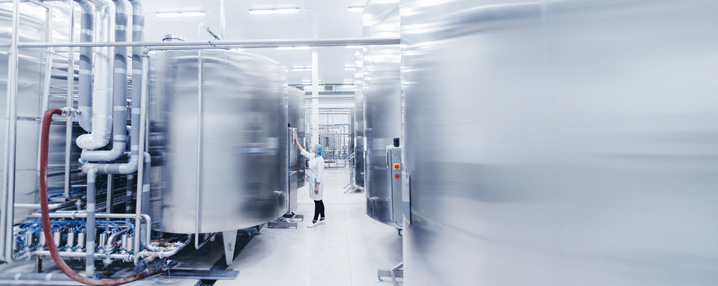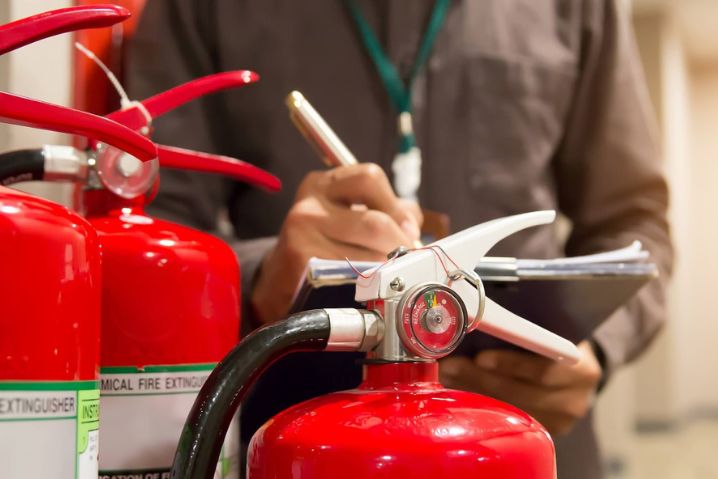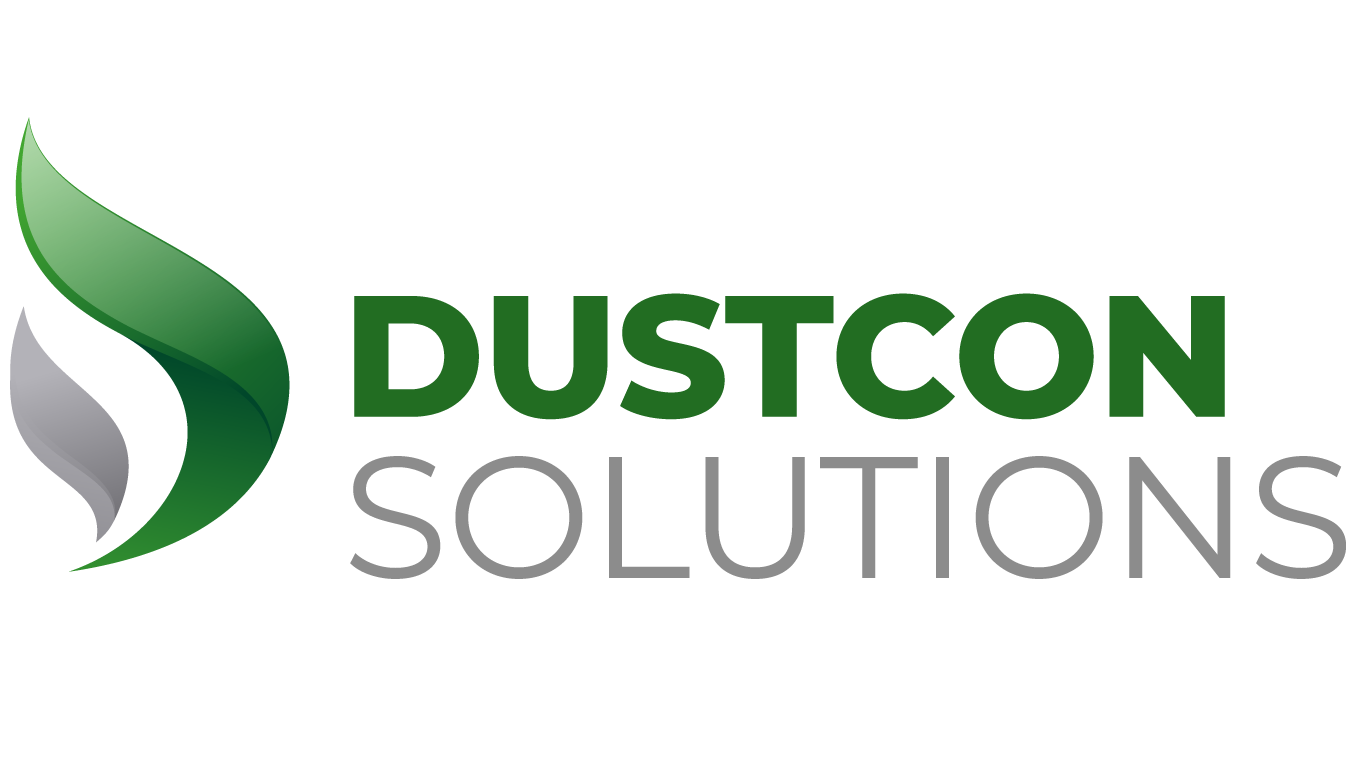

Mitigate the Risk of Combustible Dust Explosions by Identifying Risk and Implementing Preventative Measures
Dust explosions occur when fine particles of combustible material, such as wood, coal, grain, or chemicals are exposed to an ignition source, such as heat or sparks, in the presence of oxygen. The result: hazardous fire and dust explosions that are extremely destructive and can cause severe injuries and fatalities, as well as significant damage to property and equipment.
Mitigation processes play a crucial role in preventing combustible dust explosions by reducing or eliminating the risks associated with the presence of combustible dust in industrial environments. Here are several reasons why mitigation processes are essential:
- Risk Identification and Assessment: Mitigation processes involve a comprehensive assessment of the workplace to identify potential sources of combustible dust and evaluate the associated risks. This includes analyzing the characteristics of the dust, its combustibility, dispersion properties, and the likelihood of ignition sources.
- Hazardous Area Classification: Mitigation processes help establish appropriate hazardous area classifications based on the quantity and type of combustible dust present. This classification enables the implementation of specific measures to control the risks effectively.
- Housekeeping and Dust Control: Proper housekeeping practices are vital in mitigating combustible dust explosions. Regular cleaning and removal of accumulations of dust from surfaces and equipment minimize the amount of fuel available for combustion. Dust control measures, such as ventilation systems, dust collection systems, and the use of appropriate barriers or enclosures, further help reduce the spread and accumulation of dust.
- Explosion Prevention Measures: Mitigation processes involve implementing various preventive measures to reduce the likelihood of an explosion. This includes the installation of explosion venting systems, deflagration suppression systems, spark detection and extinguishing systems, and other passive and active protection measures designed to minimize the effects of an explosion or prevent its occurrence.
- Equipment Selection and Maintenance: Proper selection and maintenance of equipment used in areas with combustible dust are essential for mitigation. This includes using intrinsically safe electrical equipment, grounding and bonding systems, and regular inspections, testing, and maintenance to ensure equipment integrity and reduce the risk of ignition.
- Training and Awareness: Mitigation processes involve training employees on the hazards associated with combustible dust, safe work practices, emergency response procedures, and the use of personal protective equipment (PPE). This helps raise awareness and ensures that workers understand the risks and know how to respond effectively.
- Continuous Improvement and Auditing: Mitigation processes should be dynamic, with regular evaluations and audits to identify areas for improvement. Periodic reassessments of risk, updating of control measures, and incorporating new technologies and industry best practices contribute to ongoing safety enhancement.
By implementing these mitigation processes, organizations can significantly reduce the likelihood of combustible dust explosions, protect their employees, and minimize property damage and potential environmental impacts. It is crucial to consult relevant safety standards, guidelines, and regulations specific to your jurisdiction and industry to ensure comprehensive mitigation measures are in place.


There are several safety standards and guidelines that organizations can refer to when developing and implementing combustible dust mitigation measures. These standards provide guidance on identifying and controlling hazards associated with combustible dust, as well as on the design, construction, and maintenance of facilities and equipment used in environments with combustible dust.
The following resources are the most widely recognized safety standards and guidelines related to combustible dust:
- National Fire Protection Association (NFPA) standards: The NFPA has published several standards related to combustible dust, including NFPA 61 for industrial processes involving agricultural and food products, NFPA 484 for combustible metals, and NFPA 654 for general industry processes. These standards provide guidelines on the safe handling and management of combustible dust and specify requirements for ventilation systems, dust collection equipment, electrical equipment, and other safety measures.
- Occupational Safety and Health Administration (OSHA) standards: OSHA has published guidelines for controlling combustible dust in the workplace, which cover general industry, construction, and maritime operations. These guidelines provide recommendations for identifying and assessing hazards associated with combustible dust, implementing control measures, and training employees.
- American Society of Mechanical Engineers (ASME) standards: ASME has published several standards related to combustible dust, including ASME B31.3 for process piping and ASME STS-1 for steel stacks. These standards provide guidance on the design, construction, and maintenance of equipment and structures used in environments with combustible dust.
- European Commission Guidelines: The European Commission has published guidelines for the prevention and control of combustible dust explosions. These guidelines provide recommendations on risk assessment, control measures, training, and emergency response.
- Canadian Standards Association (CSA) standards: The CSA has published standards related to combustible dust, including CSA B149.3 for fuel handling and CSA Z462 for electrical safety in the workplace. These standards provide guidance on the safe handling and management of combustible dust, as well as electrical safety requirements.
It is essential to consult relevant safety standards and guidelines specific to your industry and jurisdiction when developing and implementing combustible dust mitigation measures. Compliance with these standards can help ensure the safety of employees, prevent property damage, and minimize the risk of environmental impacts.
As an individual, there are several things you can do to uphold combustible dust safety standards and guidelines. Here are some steps you can take:
- Educate Yourself: Start by familiarizing yourself with the relevant safety standards and guidelines specific to your industry and jurisdiction. You can read these documents, attend training sessions, or consult with industry experts to gain a better understanding of the requirements and recommendations.
- Follow Safe Work Practices: Implement safe work practices that align with the safety standards and guidelines. For example, practice good housekeeping, use appropriate personal protective equipment (PPE), and follow the manufacturer’s instructions when operating equipment in areas with combustible dust.
- Report Hazards: Report any potential hazards or unsafe conditions to your supervisor or the appropriate personnel immediately. This includes identifying accumulation of combustible dust, damage to equipment, or any other conditions that could increase the risk of an explosion.
- Participate in Training: Attend safety training sessions and participate in drills to ensure you understand the risks associated with combustible dust and know how to respond effectively in the event of an emergency.
- Support Continuous Improvement: Support efforts to continuously improve combustible dust safety measures by providing feedback, participating in audits, and offering suggestions for improvement.
- Comply with Regulations: Ensure compliance with the relevant regulations, standards, and guidelines. This includes previously mentioned procedures related to hazardous area classification, equipment selection, installation, and maintenance, as well as emergency response procedures.
By upholding combustible dust safety standards and guidelines, you can help promote a safer working environment for yourself and your colleagues, minimize the risk of accidents, and reduce the potential for property damage and environmental impacts.


Addressing NFPA 652 Standard Regarding Combustible Dusts
Do you operate a facility that requires you to engage with substances that are dusty or powdery in n


6 Industries Added by OSHA to the Combustible Dust NEP Program
n late January 2023, a new version of the Combustible Dust National Emphasis was issued by the Occup


Ensuring the Safety of Facility Through Dust Explosion Test Data
“Could it be a problem if my powder has demonstrated 3mJ of minimum ignition energy and 256 bar.m/






